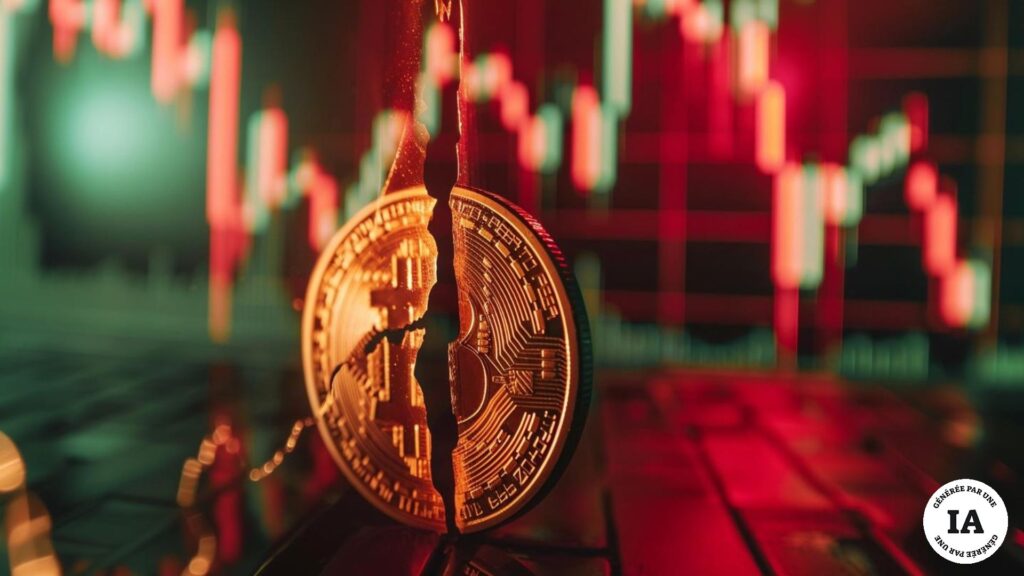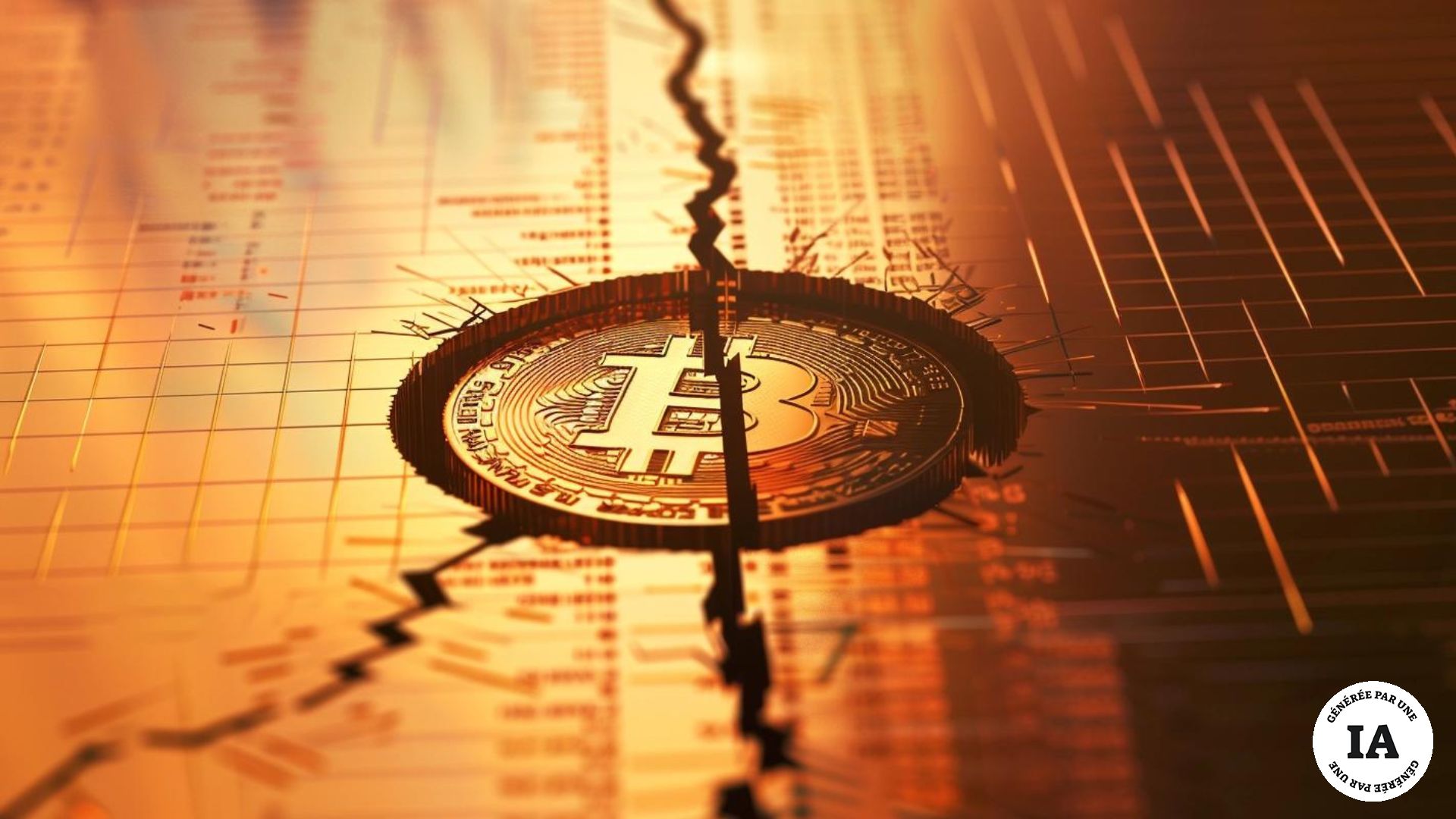The halving is a landmark moment for bitcoin. Every four years, the rewards given to miners validating blocks are halved, in order to give more value to bitcoin. This date was not decided at random.
Every four years an event takes place, eagerly awaited by many individuals. It's not about the football World Cup, the Olympic Games, or even leap years, but about the halving of bitcoin. This episode is very important for the functioning of bitcoin, even if, in fact, the change which takes place at this time goes largely unnoticed by users.
Advertisement
But if halving – which can be translated as a division by two – attracts so much attention, it is because it is each time followed by a spectacular surge in prices. At the start of 2024, when bitcoin is close to its old record, the effects of this maneuver could well be even more impressive than usual. But why does this event specifically only take place every four years?
The bitcoin halving contains an operating issue
To answer this question, we must return to halving, its origin, and cryptocurrency mining. Halving refers to halving the rewards received by bitcoin miners for each new block validated on the blockchain. When bitcoin was created by Satoshi Nakamoto in 2008, miners received 50 bitcoins as a reward.
In 2012, when the very first halving took place, the bounty was halved to 25 bitcoins. In 2016, same thing, with gains which increased to 12.5; repeats in 2020, with 6.25 bitcoins at stake. For the next halving, which is scheduled to take place in April 2024, the reward will increase to 3,125 bitcoins.

It was Satoshi Nakamoto who determined the dates of these ruptures. In the bitcoin white paper, it is specified that these splits must take place every 210,000 blocks — each block taking approximately 10 minutes to validate, so that corresponds to four years.
Advertisement
The exact date of the next halving is always difficult to determine in advance: in fact, blocks are not validated after 10 minutes Exactly. This time varies depending on the hashrate, and it can sometimes take 8 minutes to validate a block, or sometimes take almost 15 minutes, as can be seen on the site Blockchain.com.
This makes it difficult to give an extremely precise estimate of when the next reduction will occur, although this task becomes easier over time as the 210,000th block gets closer. Thus, the next halving must take place in spring 2024, around April, but there is no consensus yet on D-day: Binance countdown indicates that it will take place in 51 days, that of Bitpanda in 55, and that of Cryptoast 52.
